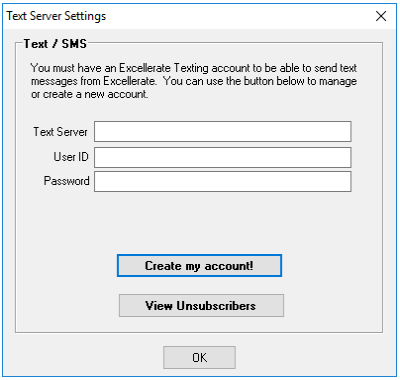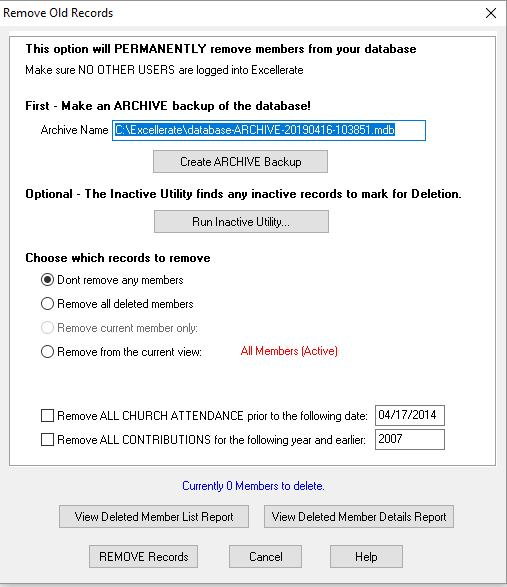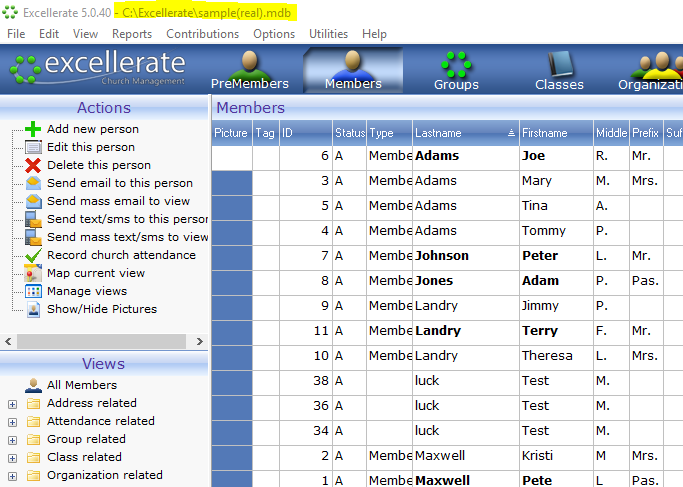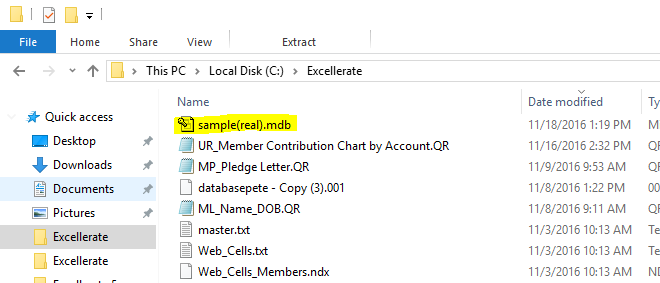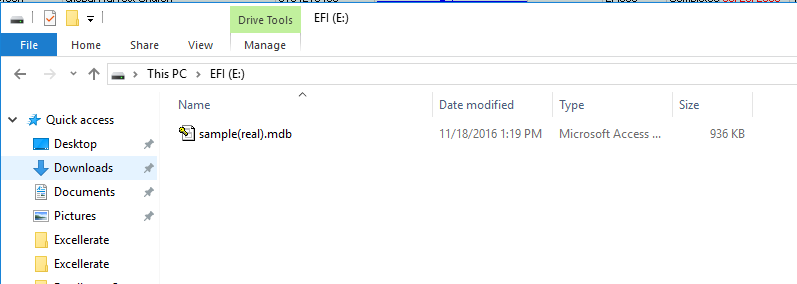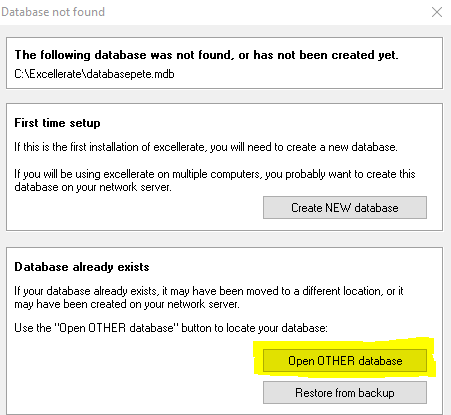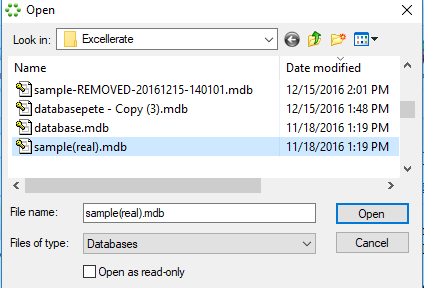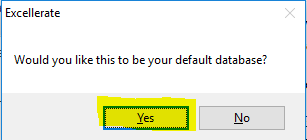With one check-in station, the database and the check-in program are usually running on the same computer, so everything easily stays in sync.
If you want to run an additional check-in station, you must decide how it will sync to the main database (located on another computer).
There are several ways of syncing the additional station.
Automatic over a WIRED network connection
The best solution is using a WIRED network connection between the check-in stations and the main computer with the database.
In this method, there is no “syncing” involved, because the check-in station talks directly to the database over the wired network. Changes in the database are immediately reflected in the check-in station, and vice versa.
This is really only recommended for wired connections. Wifi connections can drop and this can damage your database.
If you have really strong, reliable Wifi, and you don’t move your check-in station while connected, you might be able to use this method over wifi, but make sure you take frequent back ups just in case.
- Share your Excellerate folder from the main database computer over the network
Typically you should consult your IT person about sharing information across your network, but if you don’t have an IT person, here are the basic steps:
-
- Share your c:\Excellerate folder on the main computer that holds the Excellerate database. Here’s one how-to article: https://pureinfotech.com/setup-network-file-sharing-windows-10/
- Write down the address listed in the window, for example: \\DESKTOP-VMN9GIN\Excellerate
- Set the check-in stations to “online” mode, and connect to the shared database
- On the check-in computers, see if you can access the shared folder by going to your start button and enter the share path (for example: \\DESKTOP-VMN9GIN\Excellerate )
- You may have to enter an ID & PW (save password)
- You should see your Excellerate files
-
- Now set your check-in station to Online mode:
- Start check-in, go to the Options tab, and choose “Online”
- Hit “Open Different Database” and choose your database from the \\DESKTOP-VMN9GIN\Excellerate folder
- Restart check-in
Manual sync with a USB stick
If you don’t have any network access, you can sync the check-in stations manually using a USB stick.
In this method, you load up a USB stick with data from the main database, and insert it into the check-in station to operate. At the end of the day, you bring the USB stick back to the main computer and sync your data.
-
- Insert your USB stick in the main database computer
- Go to Utilities menu, Synchronize Check-In Stations
- Make sure you set the “Path for attendance files and offline database” to your USB drive letter (example E:\ )
- Hit “Import offline attendance” to import any attendance data from the USB
- Hit “Export latest information for offline use”
- Insert the USB stick in the check-in computer
- Start check-in, and go to the Options tab, and make sure “Station Mode” is Offline
- Set the “Transfer path” to the drive letter of the USB stick (letter may be different on this computer)
- Restart the check-in program
Now each week, just make sure the USB stick is in the computer before starting check-in, and after check-in is complete, take the USB stick back to the main computer and sync as described above.
Manual sync over WIFI using a network share
If you have wifi available to your computers, you can sync over wifi and not use a USB stick.
When you use the “Synchronize check-in Stations” feature, you’re just reading/writing to a network share instead of USB.
-
- Share your Excellerate folder from the main database computer over the network (See instructions above)
-
- Create offline database and transfer folder
- On the main database computer, go to Utilities, Synchronize Check-In Stations
- Set the “Path for attendance files and offline database” to c:\excellerate\transfer
- Hit “Export latest information for offline use”
-
- Set the check-in stations to “offline” mode, and connect to the shared folder
- On the check-in computers, see if you can access the shared folder by going to your start button and enter the share path (for example: \\DESKTOP-VMN9GIN\Excellerate )
- You may have to enter an ID & PW (save password)
- You should see your Excellerate files
-
- Now set your check-in station to Offline mode:
- Start check-in, go to the Options tab, and choose “Offline”
- Enter the share path in “Transfer Path / Cloud”. Example: \\DESKTOP-VMN9GIN\Excellerate\Transfer
- Restart check-in
Now each week, you simply have to run the “Synchronize Check-In Stations” feature from the main database computer. Make sure you first hit “Import offline attendance files”, then hit “Export latest information for offline use”
Manual sync over WIFI using cloud storage like Dropbox, or Onedrive
If you have wifi, but are unable to create a network share, you can use a cloud storage service as the transfer path.
- Setup Dropbox, Onedrive, etc on the main database computer, and the check-in stations. Make sure you use the same account.
- Create offline database and transfer folder
- On the main database computer, go to Utilities, Synchronize Check-In Stations
- Set the “Path for attendance files and offline database” to your dropbox or onedrive path, for example: C:\Users\Pete\OneDrive\Excellerate
- Hit “Export latest information for offline use”
- Set the check-in stations to “offline” mode, and connect to the cloud storage folder
- On the check-in computers, make sure you can see the Excellerate folder and files in the cloud storage folder
- Now set your check-in station to Offline mode:
- Start check-in, go to the Options tab, and choose “Offline”
-
- Enter the share path in “Transfer Path / Cloud”. Example: c:\Users\Checkin\OneDrive\Excellerate
- Restart check-in
Now each week, you simply have to run the “Synchronize Check-In Stations” feature from the main database computer. Make sure you first hit “Import offline attendance files”, then hit “Export latest information for offline use”
Automatic sync over WIFI using a network share or cloud storage
It’s possible to get the “Synchronize Check-In Stations” process to run automatically, every 10 minutes or so. This way you don’t have to manually run it yourself. This involves installing a special service on your main computer.
- Share your Excellerate folder from the main database computer, or use a cloud storage solution as described above
- Create offline database and transfer folder as described above
- Set the check-in stations to “offline” mode and connect to the shared folder or cloud storage folder as described above
- Install the check-in service (the main computer must have an id & pw)
- From the main database computer, go to Utilities, Maintenance, Check-In Sync Service
- Set the “Transfer Path” to your shared folder or cloud storage folder
- Set the “Real time sync interval” to 10 minutes
- Hit “Install Scheduled Task” button at the bottom. You will need to enter the computer password
Now when the check-in stations are done at the end of the day, they will send the attendance info to the main computer. The main computer will automatically sync the data ever 10 minutes.
Please contact support if you have any questions

